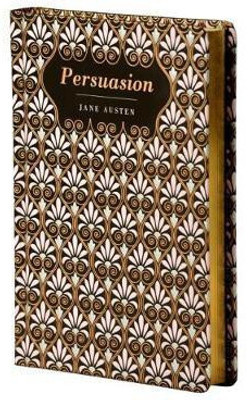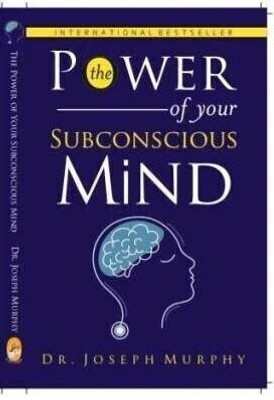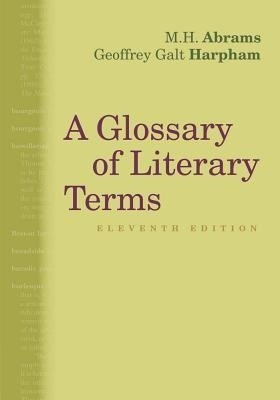
A later Pepys (Volume 2); the correspondence of Sir William Weller Pepys, bart., master in chancery 1758-1825 (English, Paperback, Alice Cecilia Caroline Gaussen, Sir William Weller Pepys)
Price: Not Available
Currently Unavailable
Highlights
- Language: English
- Binding: Paperback
- Publisher: Cambridge Scholars Publishing
- ISBN: 9781443264198, 1443264199
- Edition: 2010
- Pages: 110
Description
Purchase of this book includes free trial access to www.million-books.com where you can read more than a million books for free. Excerpt from book: Section 3MRS. HARTLEY'S LETTERS TO SIR WILLIAM PEPYS 1786?1801 MRS. HARTLEY was the unmarried daughter of Dr. David Hartley, F.R.S. (1705-59), philosopher and physician, who settled in Bath. He was a man of singular simplicity and amiability of character. Among his friends were Bishops Butler, Law, Warburton, and Dr. Jortin, Dr. Hales, and Hooke the historian. He was an ardent supporter of Byrom's shorthand, in which he wrote some of his later letters, although his friendship for the inventor became less intimate through want of sympathy with Byrom's religious mysticism and political Toryism. In 1735 Hartley said he had rid himself of every doubt as to the truth of religion, and his correspondence shows a strong religious feeling, although he was a decided rationalist in principle. Mr. Gay had published in a preface to Law's translation of Archbishop King's Origin of Evil, his opinions as to the possibility of deducing all our intellectual pleasure and pains from association. In 1749 Hartley published his Observations on Man; his Frame, his Duty, and his Expectation, which embraced a treatise on The Progress to happiness Deduced from Reason. Hartley's chief aim was purely ethical, and his discussions on the gradual development of pure benevolence from the simpler passions are interesting. He denied that his explanation of all mentalphenomena upon the hypothesis of minute nervous vibrations involved materialism, and he was a sincere and fervent Christian. Priestly was his enthusiastic admirer, and in 1795 published an abridgment of his work. Coleridge, in his Religious Musings, calls? Hartley, of Mortal kind Wisest, he first who marked the ideal tribes Down the fine fibres, from the sentient brain Roll subtly surging. The name of Hartley Coleridge testifies to the same enthusiasm. ...
Read More
Specifications
Book Details
| Publication Year |
|
Contributors
| Author |
|
Dimensions
| Width |
|
| Height |
|
| Weight |
|
Be the first to ask about this product
Safe and Secure Payments.Easy returns.100% Authentic products.
Back to top




